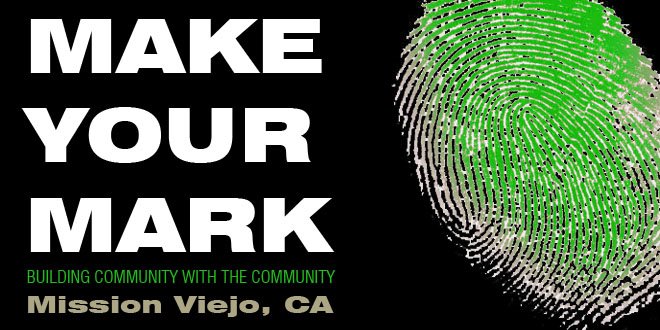 An Irish Company, Tepui who is focused on Sustainability Strategies and Design is developing a co-workspace 'Hub,' something definately worth considering. A pay-as you go shared work space with a creative and collaborative community buzz is just what so many of us are missing.
An Irish Company, Tepui who is focused on Sustainability Strategies and Design is developing a co-workspace 'Hub,' something definately worth considering. A pay-as you go shared work space with a creative and collaborative community buzz is just what so many of us are missing. 'The Dublin Hub' is a flexible, affordable, shared working environment for freelancers, small businesses, the self-employed, and home-workers looking for a desk, or a meeting space in town. Members book time in the Hub in advance - similar to buying mobile phone credit - they have the freedom to choose when to work and are charged solely for the time they spend in the Hub.
'The Dublin Hub' is a flexible, affordable, shared working environment for freelancers, small businesses, the self-employed, and home-workers looking for a desk, or a meeting space in town. Members book time in the Hub in advance - similar to buying mobile phone credit - they have the freedom to choose when to work and are charged solely for the time they spend in the Hub. "We hope to attract inventive, innovative, socially committed, ethical and environmentally aware people, people who need to take their ideas out of the garden shed or away from the kitchen table, says Erik van Lennap of Tepui. We aim to provide a vibrant, dynamic, collaborative, exciting atmosphere, a place people will want to be in and be part of. We think this is an essential response to the challenges posed by changing work patterns in the new century."
"We hope to attract inventive, innovative, socially committed, ethical and environmentally aware people, people who need to take their ideas out of the garden shed or away from the kitchen table, says Erik van Lennap of Tepui. We aim to provide a vibrant, dynamic, collaborative, exciting atmosphere, a place people will want to be in and be part of. We think this is an essential response to the challenges posed by changing work patterns in the new century." Images provided by: csmonitor.com

































